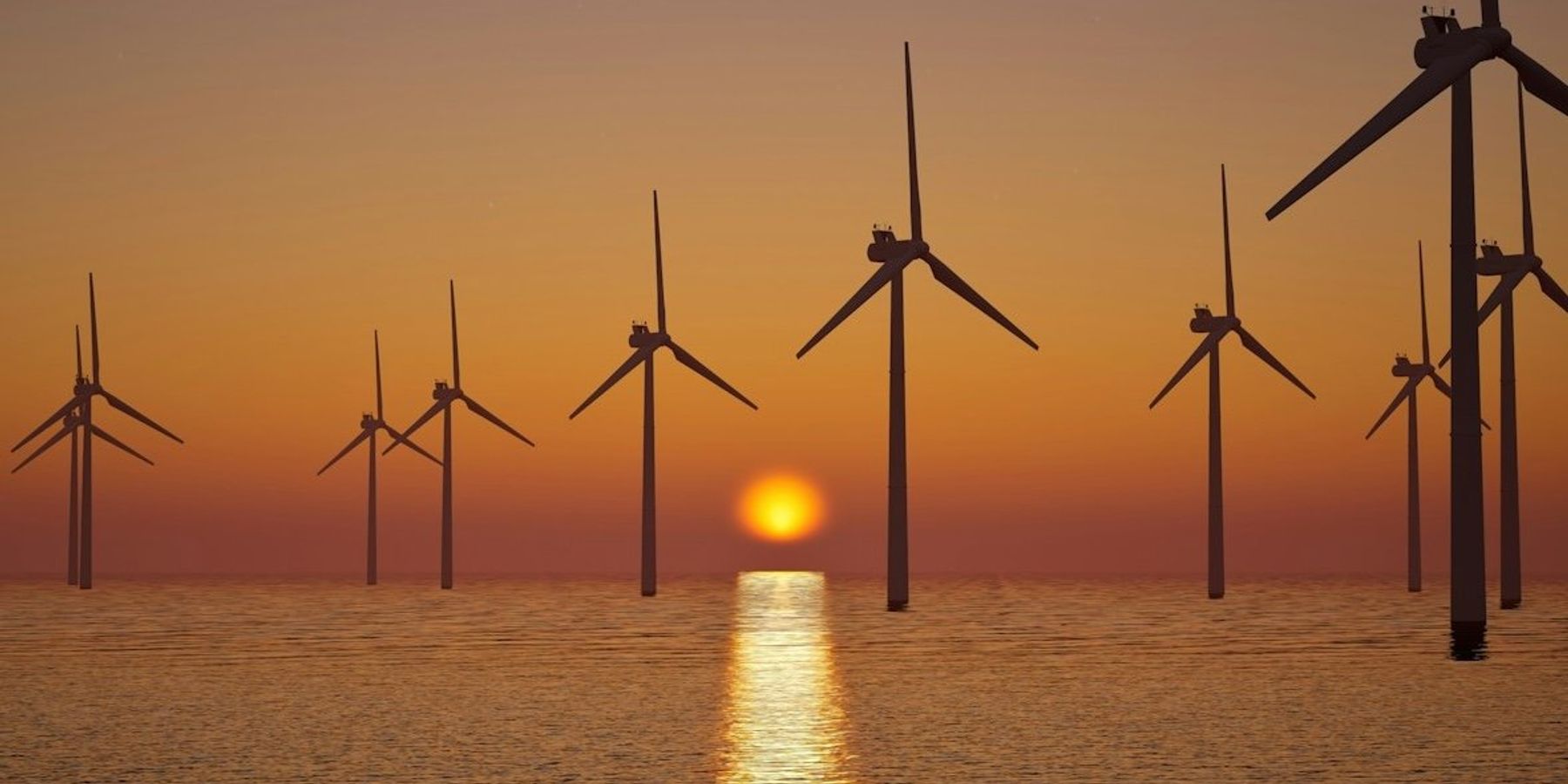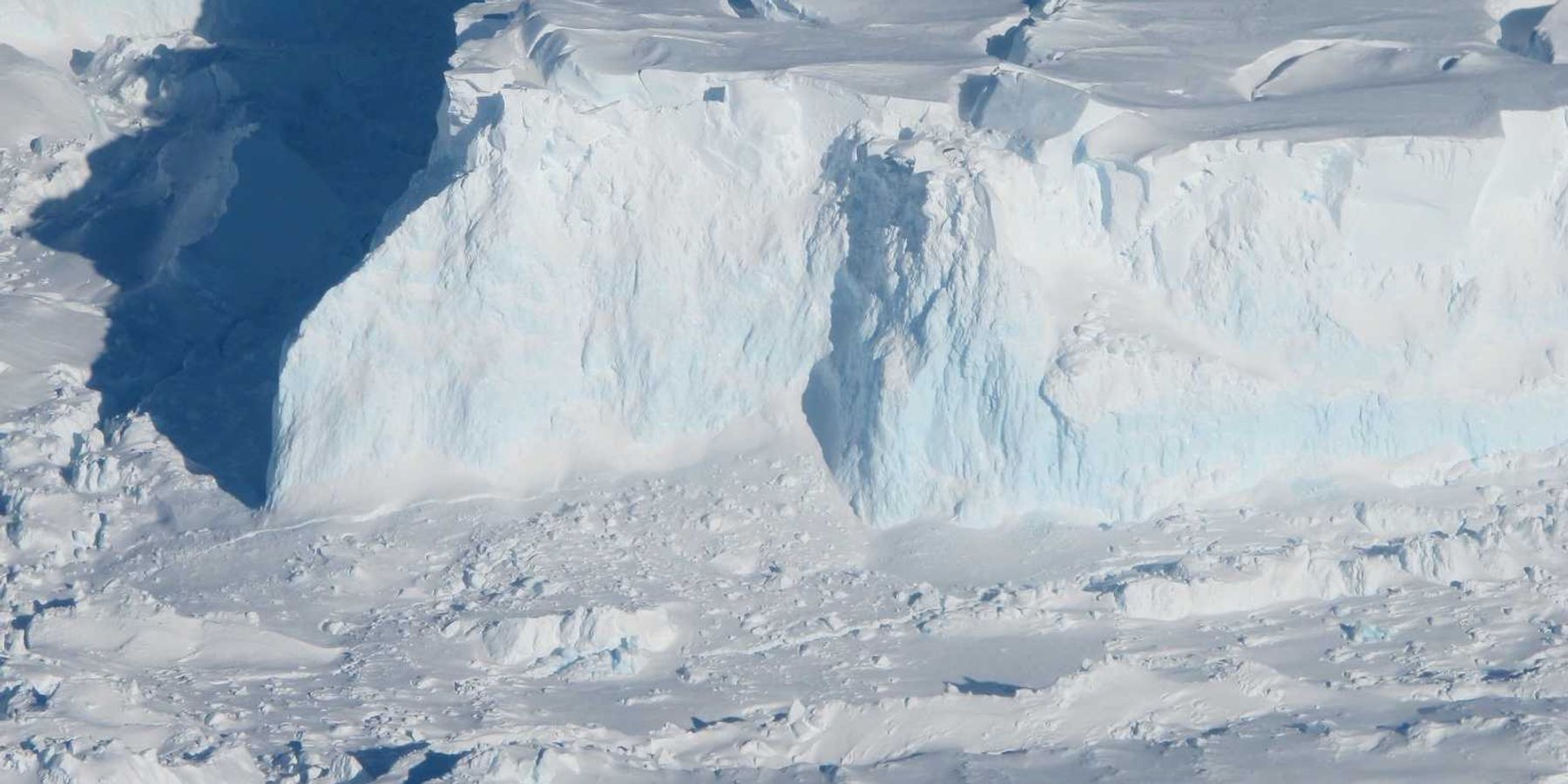House spending bill could lead to government shutdown
House Republicans have introduced a stopgap spending bill that would cut billions from energy and environmental programs, but Democratic opposition could stall the measure and push the government toward a shutdown.
Andres Picon reports for E&E News.
In short:
- The House will vote on a continuing resolution that would extend funding through September while cutting $13 billion in nondefense spending, including energy and environmental programs.
- Democrats oppose the bill, arguing it gives the administration too much discretion over funding and forces cuts to disaster relief and climate programs.
- Even if it passes the House, Senate approval remains uncertain, with at least seven Democrats needed to send it to President Trump.
Key quote:
“Republicans have decided to introduce a partisan continuing resolution that threatens to cut funding for healthcare, nutritional assistance, and veterans benefits through the end of the current fiscal year. That is not acceptable.”
— House Minority Leader Hakeem Jeffries, D-N.Y.
Why this matters:
The bill could significantly reduce funding for agencies like the U.S. Environmental Protection Agency, the Department of Energy, and the Federal Emergency Management Agency, affecting climate research, disaster relief, and water infrastructure projects.
For states like California, which have faced relentless wildfires and devastating floods, the potential loss of new disaster aid could make recovery efforts more difficult, leaving communities vulnerable. At the same time, a government shutdown — if negotiations fail — could further disrupt federal programs, delaying environmental protections, public health initiatives, and scientific research that helps forecast and mitigate climate risks.













